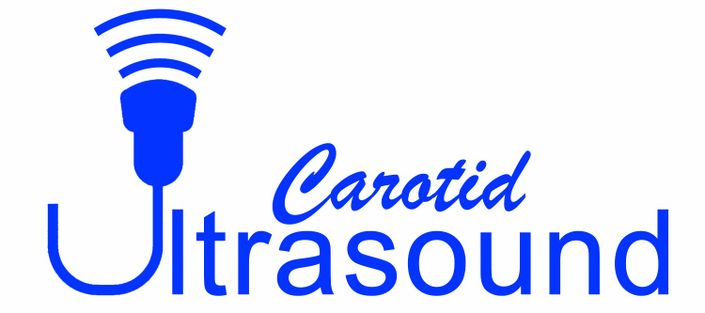
Carotid Ultrasound: all you need to know
We are ordering more and more MRAs and CTAs during evaluation for patients with vascular disease. Many feel that this has made ultrasonography unnecessary. However like every imaging technique there are pros and cons. Ultrasounds are easy to obtain, non-invasive, avoids contrast injection and allows convenient following of patients over time.
In the right hands it provides a wealth of information that other imaging techniques cannot. It is probably still the most frequently used vascular imaging test obtained.
The course is clinically oriented. Anybody taking care of patients with cerebrovascular disease can learn from it including neurologists, neurosurgeons, vascular surgeons, and radiologists, particularly those in training. Along the way I also cover some basic stroke concepts as they relate to ultrasound.
This course would be valuable for radiology technologist as it goes over important clinical features that otherwise may not have been covered in training.
This course is not about detailed ultrasound physics. It is also not about the nitty gritty performance and technical aspects of ultrasound or instructions on how to use the diverse ultrasound settings. For those skills I would recommend a hands on ultrasound course going over the technical parts of ultrasonography.
Your Instructor

The course content was written by Dr. Sebastian Koch, a Professor of Clinical Neurology, at a large academic Neurology department in the United States. Dr. Koch is the director of a busy neurovascular ultrasound laboratory and has quite a bit of experience in ultrasonography.

